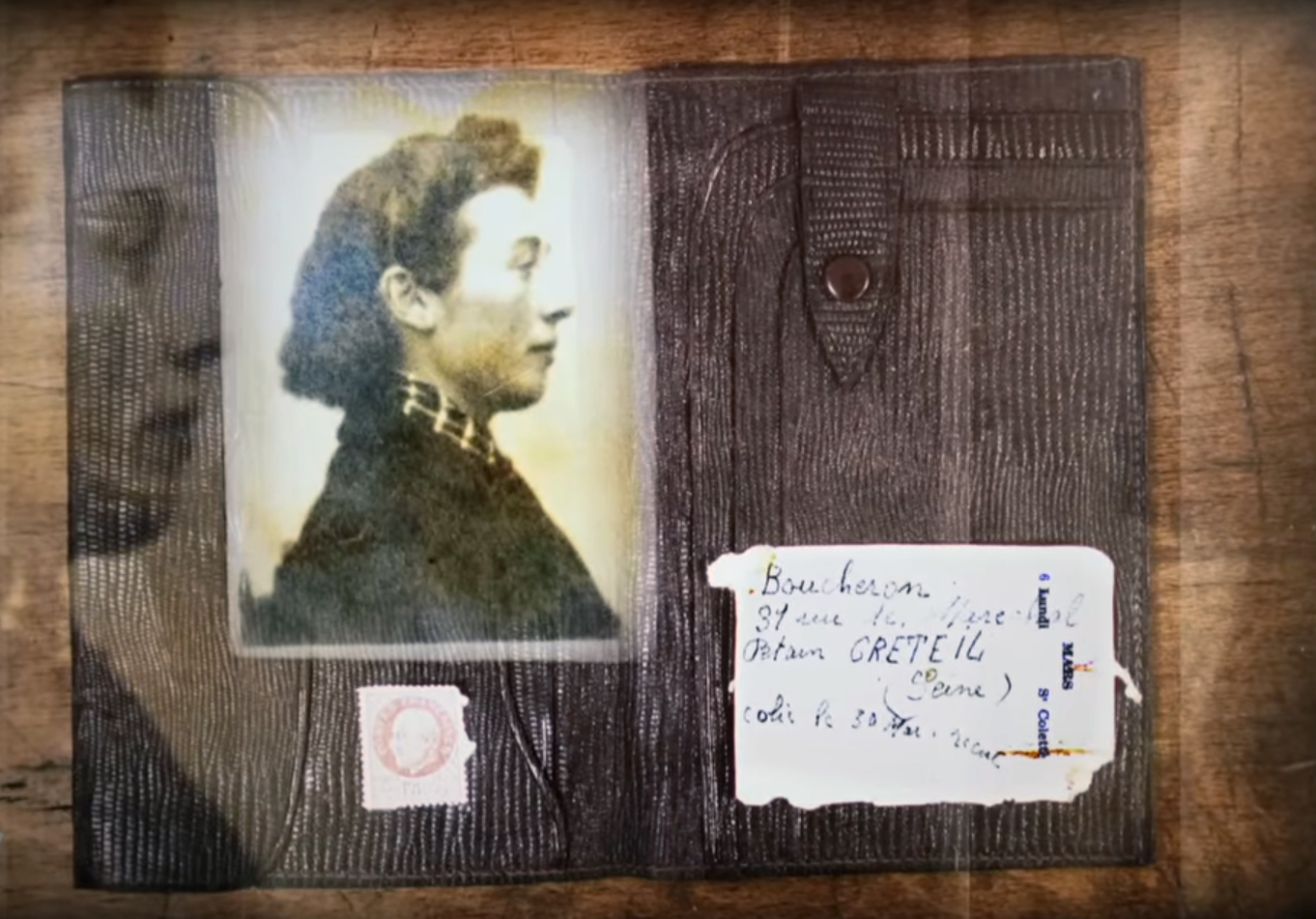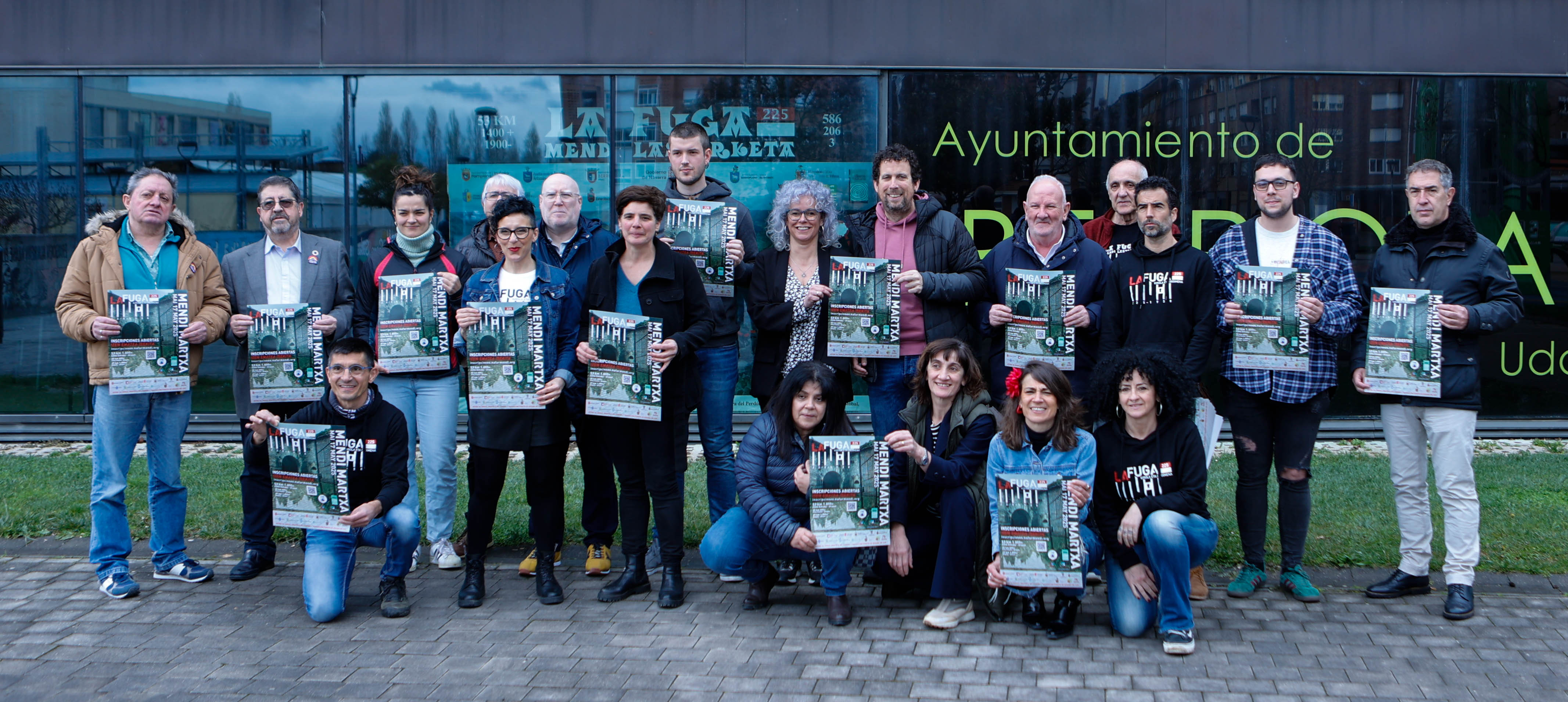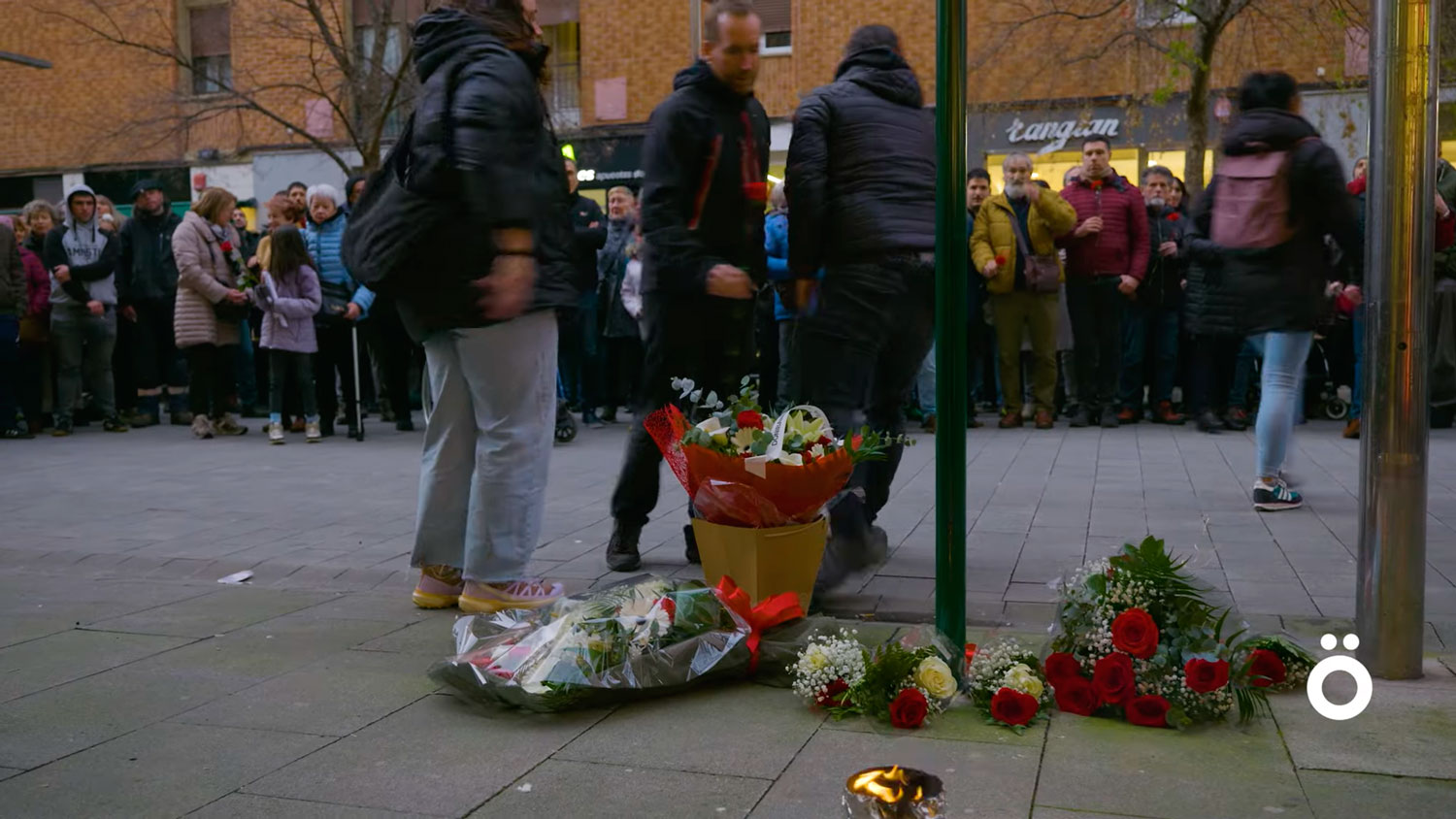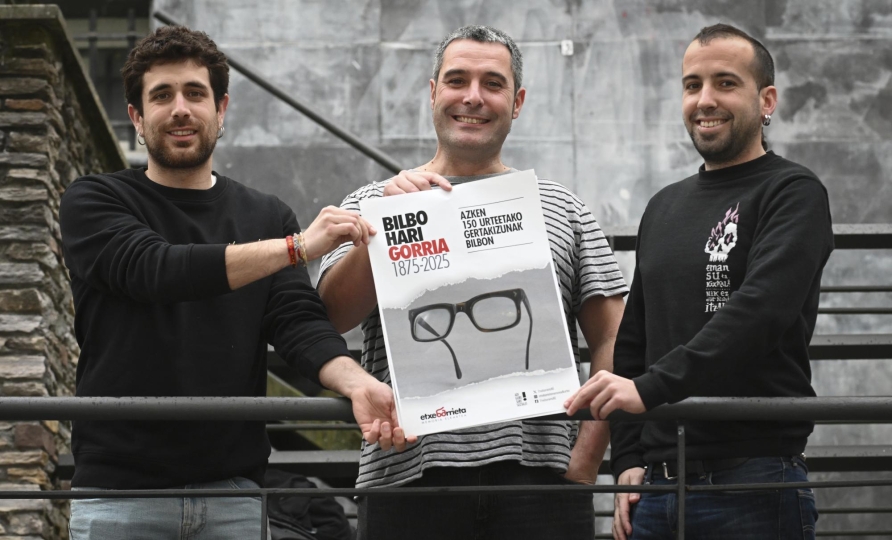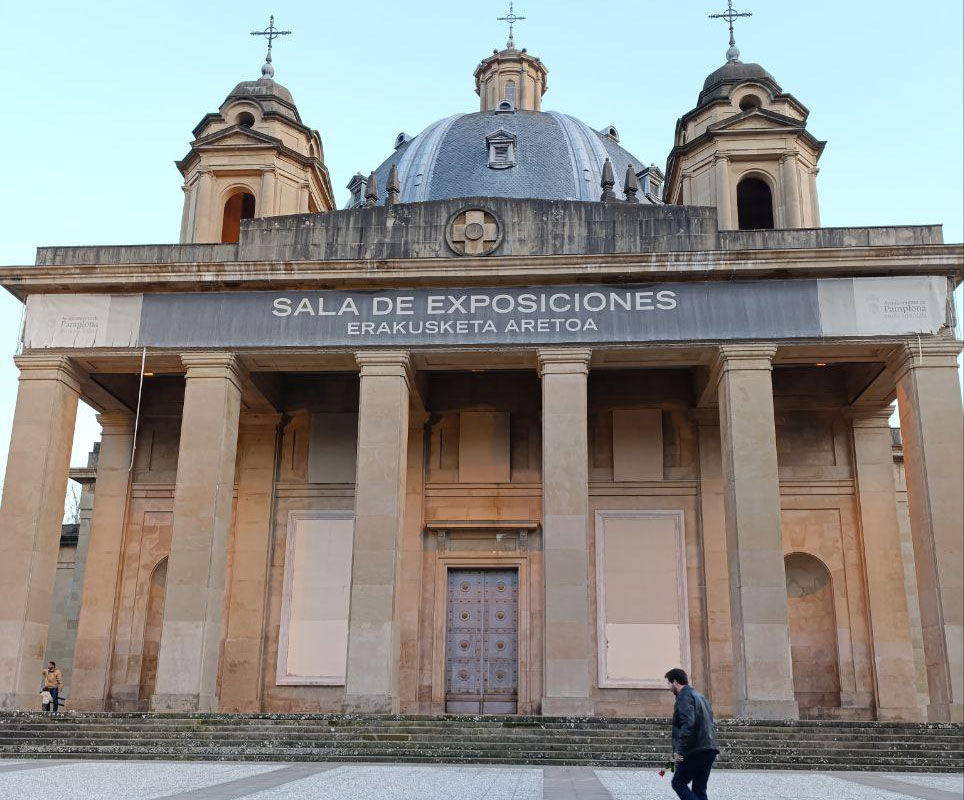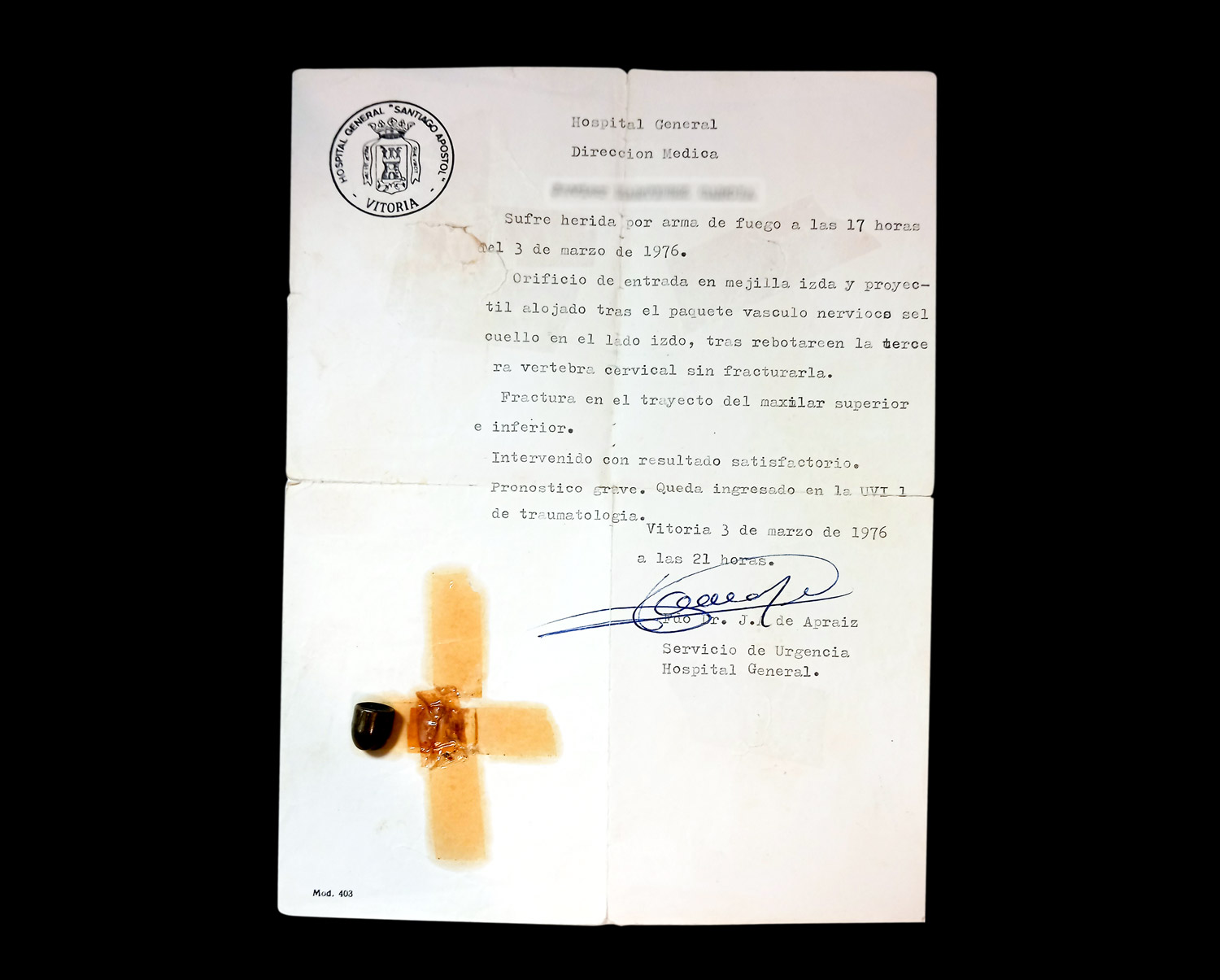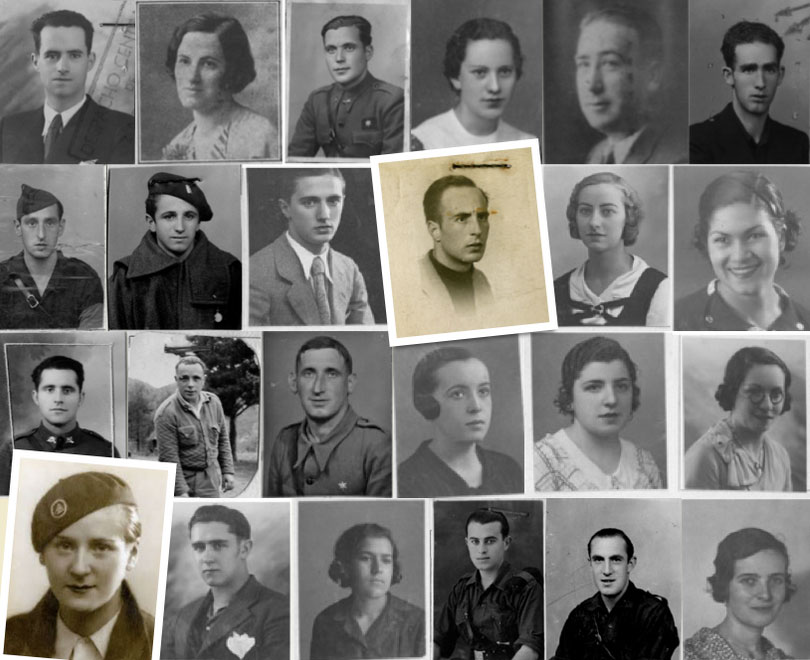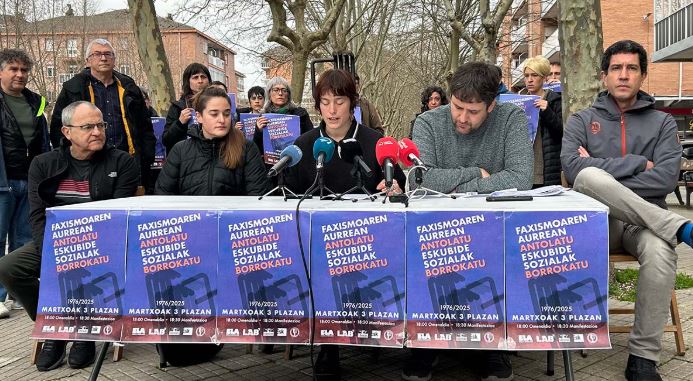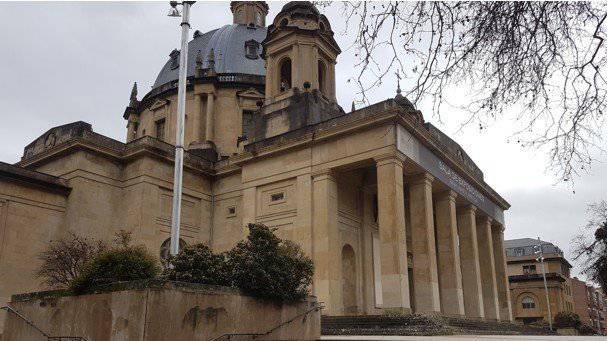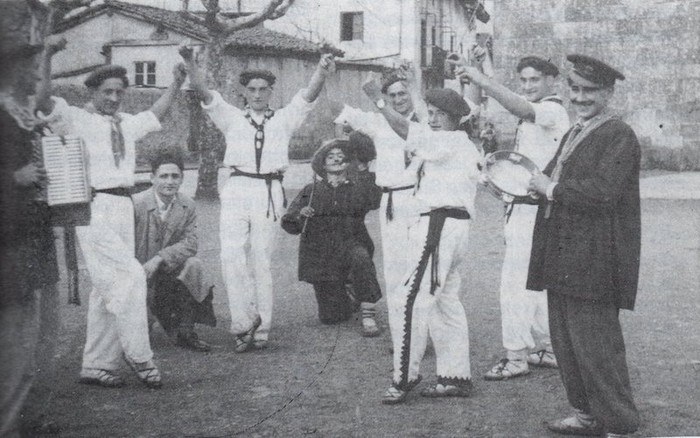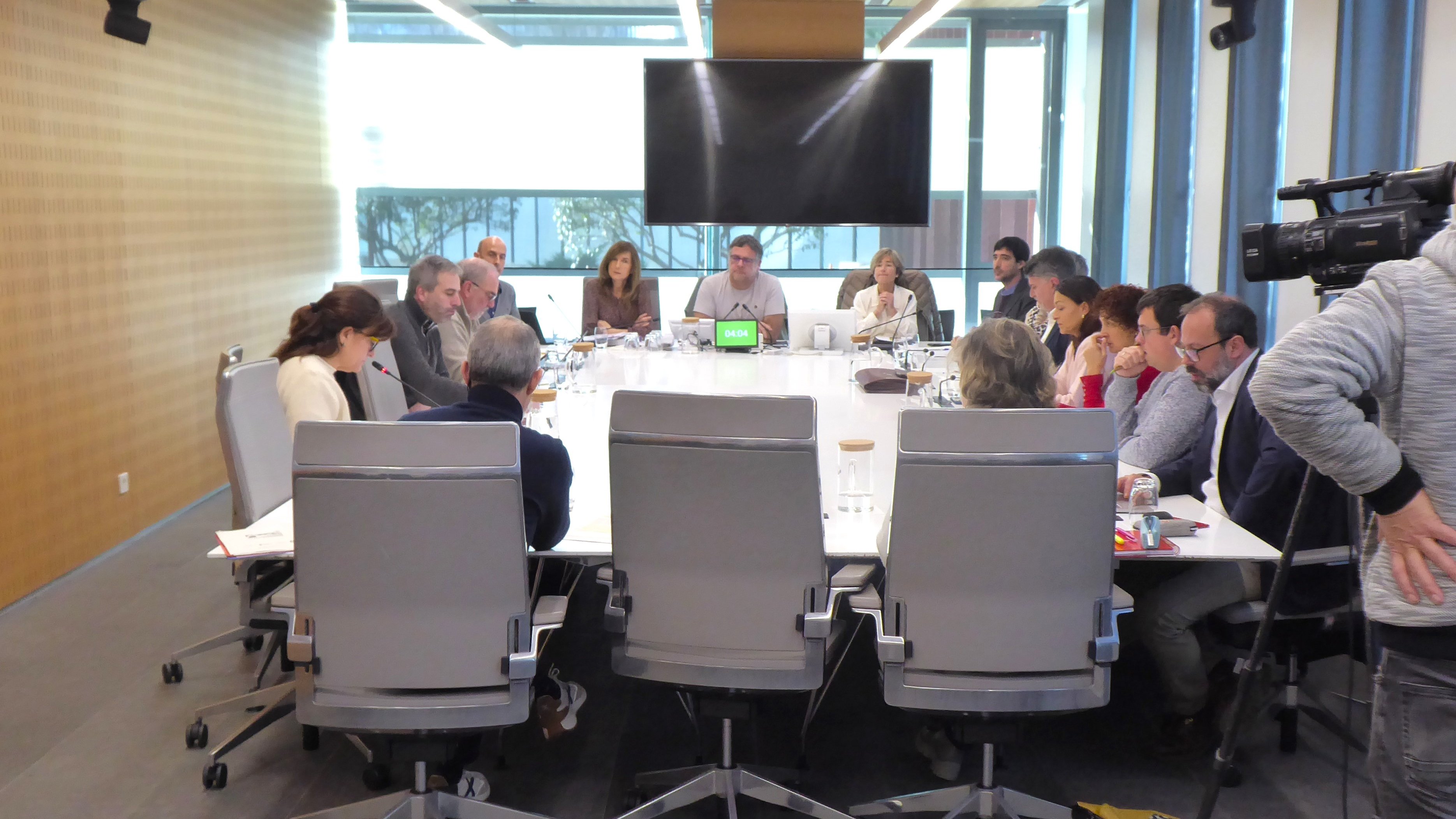The murder of Joxe Arrangi or the days that marked a decade
- A chronicle in literary style. Or a novel without fiction. It is not easy to classify Xabier Mendiguren’s new work, but he explains that “it is not history, it is not essay and it is journalistic work”. Following the line of Rodolfo Walsh and Truman Capote, he has created a nonfiction novel to talk about the murder of zizurkildarra Joxe Arrangi.

History takes place between 6 and 16 February 1981. During this time, the Civil Guard arrested, tortured and killed Arrangi and young people rescued her body. For Mendiguren, many of those who lived the time are looking back at the political transition of 1975, “more than from nostalgia,” because there is something to be told.
And that month of the year, let's not say: ETA(m) kidnaps and murders the former chief engineer of the Lemoiz nuclear power plant; Karlos Garaikoetxea welcomed the kings of Spain at the Casa de Juntas de Gernika and at the event the representatives of the HB sang Eusko Gudariak; on 23 February Tejero tried the final coup in Madrid; and at the end of the month.
Outline of the political conflict
Mendiguren explains that at that time a “political-psychological scheme” arose, which lasted until 1989-1992. He explains that in this “scheme” the “HB world” believed that victory was possible: that one should suffer, that one should do “ugly and hard” things, but that a “culture of resistance” emerged that would allow victory. On the contrary, the ETA environment (pm), convinced of the impossibility of defeating the state, would welcome democracy, further deepening this path. All these events of that month reinforced positions, and perhaps there is the importance of counting the terrible Arrangi event.
Upon learning that Arrangi's body was buried, several young men took him out of the ground and photographed him to learn what happened. Among these young people were Juan Kruz Unzurrunzaga and Bixente Ameztoi. For the novel mixes the lives of Arrangi, Unzurrunzaga and Ameztoi to give a photo of the time. The late Arrangi and those who “rose”.
The work therefore has a great religious symbolism. Not in vain, the subtitle of the novel is the passion, heritage and resurrection of Joxe Arrangi. And cover Christ died of Andrea Mantegna.
Joxe Arrangi’s words were “It’s been very hard,” when three political prisoners asked him what they had done. After years without institutional recognition. These words became “nailed” in a generation. This generation is now looking back, and those that could not be counted at the time of the rescue, or those that had been forgotten yet. Unfortunately, torture continued for years “systematically applying it”.
Kirola eta oroimena uztartuko dituzte, bigarrenez, mendi-martxa baten bitartez. Ez da lehiakorra izanen, helburua beste bat delako. La Fuga izeneko mendi martxak 1938ko sarraskia gogorarazi nahi du. Ezkabako gotorlekuan hasi eta Urepelen amaituko da. Maiatzaren 17an eginen dute.
Fusilamenduak, elektrodoak eta poltsa, hobi komunak, kolpismoa, jazarpena, drogak, Galindo, umiliazioak, gerra zikina, Intxaurrondo, narkotrafikoa, estoldak, hizkuntza inposaketa, Altsasu, inpunitatea… Guardia Zibilaren lorratza iluna da Euskal Herrian, baita Espainiako... [+]
Gogora Institutuak 1936ko Gerrako biktimen inguruan egindako txostenean "erreketeak, falangistak, Kondor Legioko hegazkinlari alemaniar naziak eta faxista italiarrak" ageri direla salatu du Intxorta 1937 elkarteak, eta izen horiek kentzeko eskatu du. Maria Jesus San Jose... [+]
Familiak eskatu bezala, aurten Angel oroitzeko ekitaldia lore-eskaintza txiki bat izan da, Martin Azpilikueta kalean oroitarazten duen plakaren ondoan. 21 urte geroago, Angel jada biktima-estatus ofizialarekin gogoratzen dute.
Bilbo Hari Gorria dinamikarekin ekarriko ditu gurera azken 150 urteetako Bilboko efemerideak Etxebarrieta Memoria Elkarteak. Iker Egiraun kideak xehetasunak eskaini dizkigu.
33/2013 Foru Legeari Xedapen gehigarri bat gehitu zaio datozen aldaketak gauzatu ahal izateko, eta horren bidez ahalbidetzen da “erregimen frankistaren garaipenaren gorespenezkoak gertatzen diren zati sinbolikoak erretiratzea eta kupularen barnealdeko margolanak... [+]
1976ko martxoaren 3an, Gasteizen, Poliziak ehunka tiro egin zituen asanbladan bildutako jendetzaren aurka, zabalduz eta erradikalizatuz zihoan greba mugimendua odoletan ito nahian. Bost langile hil zituzten, baina “egun hartan hildakoak gehiago ez izatea ia miraria... [+]
Memoria eta Bizikidetzako, Kanpo Ekintzako eta Euskarako Departamentuko Memoriaren Nafarroako Institutuak "Maistrak eta maisu errepresaliatuak Nafarroan (1936-1976)" hezkuntza-webgunea aurkeztu du.









